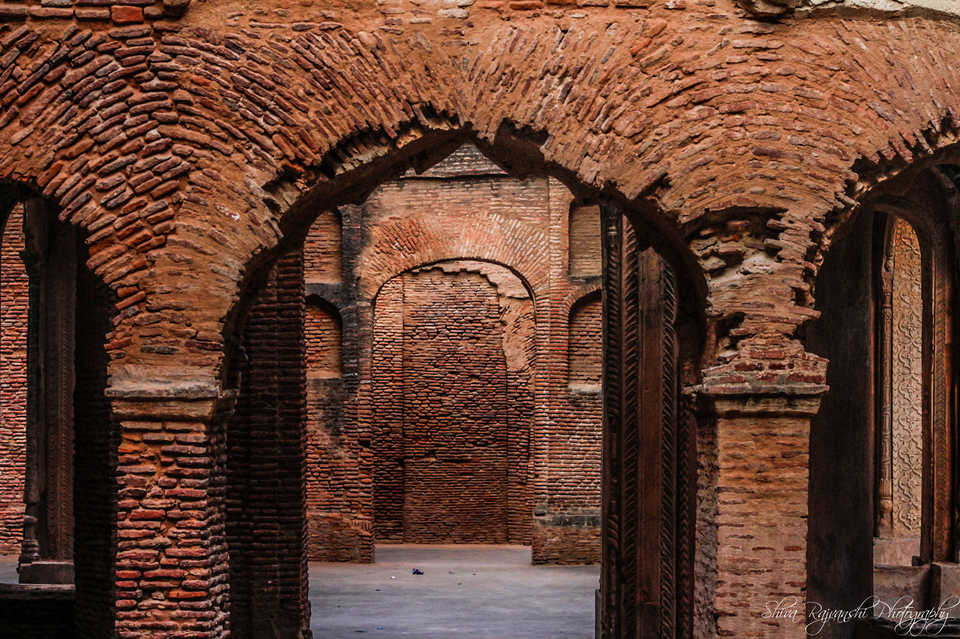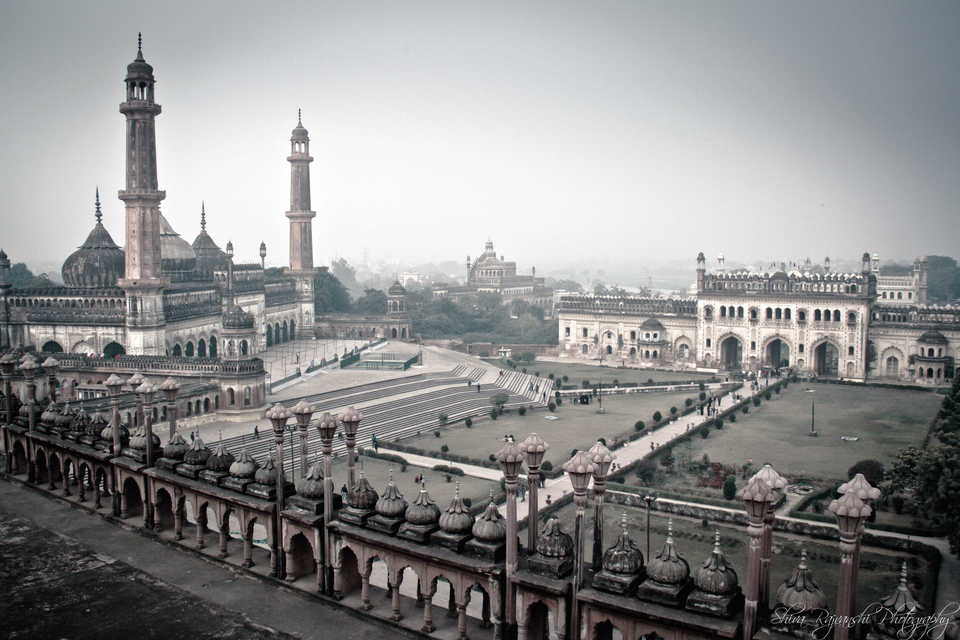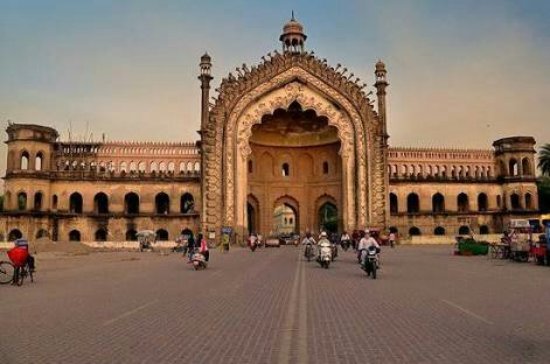SHAN-E-AWADH: LUCKNOW ARCHITECTURE
History
Lucknow has always been known as a multicultural city that flourished as a North Indian cultural and artistic hub, and the seat of power of Nawabs in the 18th and 19th centuries. Lucknow is known all over the world for the Tehjeeb or the courteous behavior of its people. It is a rare city. Few places in the world are endowed with such rich cultural traditions, as is this romantic city of the Nawabs. Whether it is history, architecture, music, dance, handicrafts, etiquette, or sports, Lucknow has its own story to tell.
Architecture of Lucknow.
Lucknow is known for an architecture that is par excellence. But, hardly anyone knows the uniqueness behind it. Like the building material that was used in the construction of mosques was ‘Lakhori bricks’ (burnt clay bricks that are exclusive to Mughal architecture) and that the architecture of the tombs and Karbalas have been taken from the Central and South Asian countries.
Lucknow’s buildings show different styles of architecture with the many iconic buildings built during the British and Mughal era. More than half of these buildings lie in the old part of the city. Among the extant architecture, there are religious buildings such as IMAMBARAS mosques, and other Islamic shrines as well as secular structures such as enclosed gardens, Baradaris, and palace complexes.
One of the real strength of Royal architecture of Nawab’s period was the use of pottery to create something unique and splendid. Pottery was extensively used for decorative purpose. The pottery ducts have also been used at Constantia and Barowen that conducted hot air away from the lower room to vents in the flat roofs. More fanciful use of pottery which is particular in Lucknow is for roof finals and ornaments. This can be a Guldasta, pineapple, flower pot or big size regional flowers. All can be seen in the Rumi Gate, Dault Khana and Chhatar Manzil and different buildings erected by Nawabs themselves.
Along with these some outstanding architectural marvels of Lucknow other examples of mix architecture includes the Constantia or La Martiniere, which though not a royal edifice, is of great significance as being the most outstanding example of the European style of architecture. The two mausoleums of Nawab Saadat Ali Khan and his Queen Khurshizadi are classic examples of the later Mughal tomb, also seen in Delhi, Allahabad, Haryana and Punjab, the great Jama Masjid erected by Nawab Muhammad Ali Shah etc.





I love it when individuals come together and share views. Great
blog, stick with it!
Feel free to visit my site … vpn special code
I have read so many articles regarding the blogger lovers but this post is actually a pleasant article, keep
it up.
Also visit my website vpn 2024
Thank you for the auspicious writeup. It in fact was a amusement account it.
Look advanced to more added agreeable from you! By the way,
how can we communicate?
Superb blog you have here but I was wondering if you knew of any discussion boards that cover the same topics discussed in this article?
I’d really love to be a part of community where I can get feed-back from other knowledgeable
people that share the same interest. If you have any recommendations,
please let me know. Thank you!
My web page; vpn special coupon code 2024
Yes! Finally something about vpn special coupon code 2024.
Yes! Finally someone writes about vpn coupon 2024 special coupon code 2024.